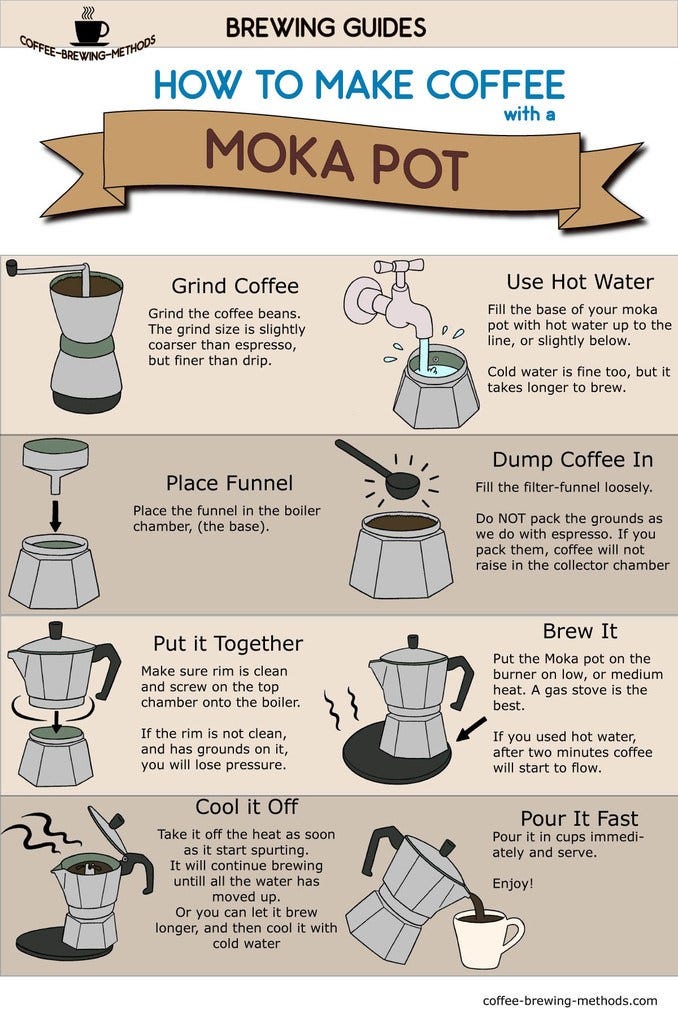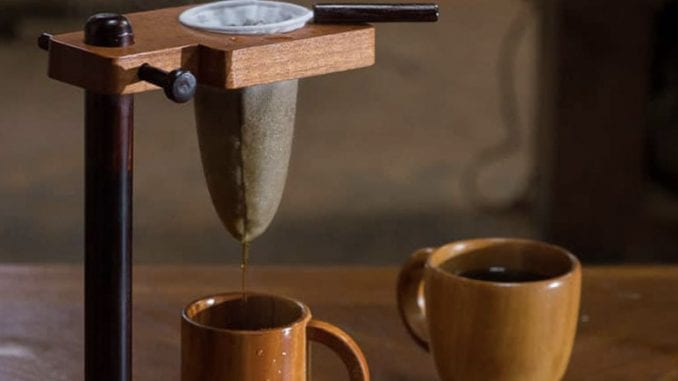Checking Out the most effective Coffee Brewing Methods for Perfect Flavor Every Time
Checking Out the most effective Coffee Brewing Methods for Perfect Flavor Every Time
Blog Article
The Science Behind Coffee Brewing: Exactly How Temperature and Time Affect Your Beverage
Recognizing the science behind coffee brewing discloses that temperature and time are not simple variables but essential elements that determine the beverage's taste profile and general high quality. As we check out the subtleties of these elements, the inquiry develops: how can one properly balance temperature level and time to accomplish that perfect mixture?
The Chemistry of Coffee Extraction
The chemistry of coffee removal delves right into the intricate procedures that transform raw coffee beans right into the aromatic beverage appreciated worldwide. This change primarily includes the solubility of numerous compounds existing in the beans, which are influenced by aspects such as work size, water high quality, and the developing technique used.
During the brewing procedure, hot water functions as a solvent, removing soluble compounds, consisting of high levels of caffeine, lipids, acids, and sugars, from the coffee grounds. Each substance contributes to the flavor profile, fragrance, and body of the last beverage. Acids are liable for tasty and intense notes, while oils add to an abundant mouthfeel.
The initial stages of developing remove acids and sugars, leading to a positive level of acidity, while prolonged extraction can lead to anger due to over-extraction of undesirable substances. Recognizing these chemical interactions is important for enhancing brewing techniques, as the equilibrium in between extraction time and water temperature level can dramatically affect the general quality of the coffee.
Perfect Developing Temperatures
Finding the right developing temperature level is important for unlocking the complete capacity of coffee flavors and fragrances - coffee brewing methods. Research study indicates that the optimum variety for developing coffee exists between 195 ° F to 205 ° F(90 ° C to 96 ° C) Within this array, the extraction procedure successfully dissolves the preferable soluble compounds in coffee beans, leading to a well balanced and tasty mug
Brewing at reduced temperature levels, such as below 195 ° F(90 ° C ), might result in under-extraction, producing a weak and acidic mixture with muted tastes. Conversely, developing at temperatures surpassing 205 ° F(96 ° C) can result in over-extraction, generating a rough and bitter taste as a result of the extreme dissolution of undesirable compounds, such as tannins.
In addition, the optimal developing temperature can differ depending on the coffee bean kind and roast degree. As an example, lighter roasts commonly take advantage of somewhat greater temperatures to boost their intricate taste profiles, while darker roasts may be much better suited to lower temperature levels to mitigate resentment.
Eventually, keeping accuracy in developing temperature levels is critical for achieving a harmonious balance of flavors, ensuring that every cup of coffee delivers a satisfying sensory experience.
Impact of Brewing Time
Brewing time plays a crucial function in identifying the flavor account and general quality of coffee. Much shorter developing times can result in under-extraction, leading to a sour or weak taste, as not sufficient soluble compounds are liquified.
Ideal brewing time differs depending on the method utilized and the grind dimension of the coffee. A French press normally needs regarding four mins, while espresso removal is generally completed within 25 to 30 secs. It is important to adjust brewing time in conjunction with other variables, such as water temperature level and coffee-to-water proportion, to attain the desired taste account.
Comprehending the influence of brewing time makes it possible for coffee lovers to improve their brewing strategies, ultimately boosting the sensory experience of their cup (coffee brewing methods). With cautious focus to this variable, one can unlock the complete potential you could look here of the coffee, exposing its one-of-a-kind qualities and subtleties
Developing Techniques and Their Results

For instance, techniques like French press and chilly mixture enable a much longer steeping time, causing a fuller body and durable taste due to increased removal of oils and soluble solids. On the other hand, espresso brewing makes use of high stress and a shorter extraction time, creating a concentrated shot that highlights intense flavors and a rich crema.
Pour-over techniques, such as Chemex or V60, provide a more controlled extraction procedure, permitting the maker to adjust circulation price and water distribution, which can improve i thought about this brightness and clarity. Percolation approaches cycle water via the coffee grounds multiple times, leading to a stronger, often bitter taste.
Last but not least, making use of paper filters versus metal filters can also influence the final taste; paper filters generally yield a cleaner mug by trapping oils and fine fragments, while steel filters allow even more oils to travel through, contributing to a fuller mouthfeel - coffee brewing methods. Understanding these subtleties can raise the coffee experience considerably
Tips for Perfecting Your Mixture
A well-executed mixture can transform also the see easiest coffee into an impressive experience. To accomplish this, attention to information is vital. Start with high-grade, newly roasted beans, as their taste profile lessens in time. Grind the beans prior to making to optimize freshness, making certain the grind dimension matches your brewing approach-- coarser for French press and finer for espresso.
Water quality plays a critical function; usage filtered water devoid of contaminations. The ideal developing temperature level varies in between 195 ° F and 205 ° F(90 ° C to 96 ° C ) Too warm can burn the coffee, while also amazing may under-extract tastes.
Timing is equally vital. For immersion approaches, steeping for three to 5 minutes is optimal, whereas drip approaches usually take around 5 minutes. Try out mixture times to find your recommended toughness.

Final Thought
In summary, the detailed partnership between temperature and time is critical in the coffee brewing process. Complying with optimum developing temperatures in between 195 ° F and 205 ° F, together with accurate timing tailored to every technique, makes certain the wanted flavor account is achieved. Recognizing these scientific principles encourages people to refine their developing strategies, inevitably causing an extra pleasurable and balanced coffee experience. Mastery of these elements is important for any kind of coffee fanatic seeking excellence in their beverage.
Comprehending the scientific research behind coffee brewing reveals that temperature and time are not mere variables however critical components that dictate the beverage's taste account and total quality. Comprehending these chemical interactions is vital for maximizing developing methods, as the balance in between removal time and water temperature level can considerably influence the general high quality of the coffee.Brewing time plays an essential duty in determining the taste account and total quality of coffee. By concentrating on these aspects-- bean quality, grind size, water temperature level, soaking time, and ratio-- you can elevate your coffee brewing procedure, resulting in a consistently premium mug.
In recap, the intricate connection in between temperature level and time is extremely important in the coffee developing procedure.
Report this page